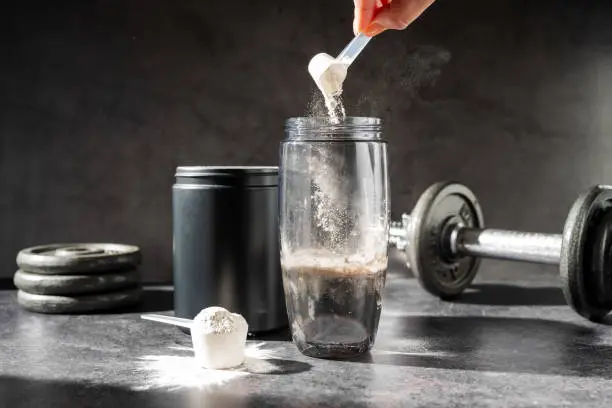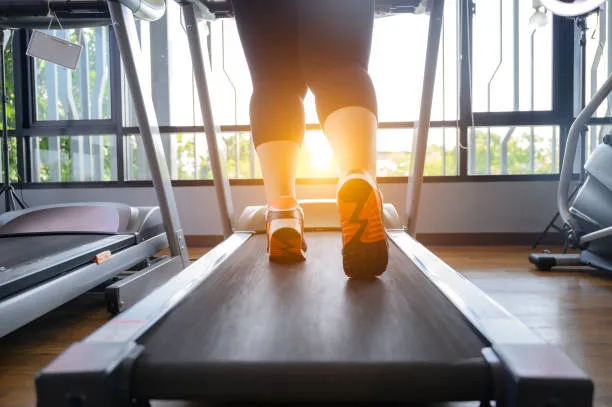Introduction to Endurance Swimming
Endurance swimming is about more than just swimming long distances—it’s about improving efficiency, breath control, and stamina. Whether you’re a competitive swimmer, training for a triathlon, or just looking to boost your swim performance, endurance swim workouts will help you swim longer, faster, and with less fatigue.
Unlike sprint swimming, endurance workouts focus on sustained effort over time. With the right techniques, progressive training plans, and proper recovery, you can develop swimming endurance that keeps you going for miles.

Why Focus on Swimming Endurance?
Top Benefits of Swim Workouts for Endurance
- Boosts Cardiovascular Fitness – Strengthens your heart and lungs for sustained performance.
- Increases Muscle Endurance – Helps you swim longer without tiring.
- Enhances Stroke Efficiency – Reduces wasted energy, making each stroke more effective.
- Improves Breathing Control – Develops steady, controlled breathing to optimize oxygen intake.
- Builds Mental Toughness – Trains your mind to push through long swim sessions.
- Low-Impact Workout – Unlike running, swimming is easy on the joints but still delivers a high-intensity cardio workout.
If you want to swim longer and more efficiently, you need a structured endurance training plan.
Understanding Endurance in Swimming
What Is Swimming Endurance?
Swimming endurance refers to your ability to maintain a steady pace over long distances without excessive fatigue. It relies on:
- Aerobic Capacity – Your body’s ability to deliver oxygen to muscles efficiently.
- Muscular Endurance – The stamina of your muscles to sustain repetitive movement over time.
- Stroke Efficiency – Ensuring that every movement is effective, not wasteful.
Sprint vs. Endurance Swimming
| Feature | Sprint Swimming | Endurance Swimming |
|---|---|---|
| Pace | Maximum speed, short bursts | Steady, moderate speed |
| Distance | 50-200 meters | 400m – Open water |
| Energy System | Anaerobic (quick bursts) | Aerobic (steady supply) |
| Focus | Power, explosiveness | Stamina, pacing, efficiency |
If you’re training for an open-water swim, triathlon, or long-distance pool race, endurance workouts should be your priority.
How to Build Swimming Endurance
1. Swim Regularly & Use Progressive Overload
To increase endurance, you must gradually increase the distance and intensity of your workouts.
Sample Progression Plan:
- Week 1: 500m total swim per session
- Week 2: 700m total swim
- Week 3: 1,000m total swim
Tip: Add 10-15% more distance each week for steady endurance gains.
2. Master Breathing Techniques
Bilateral Breathing – Breathe on both sides for balance.
Exhale Underwater – Prevents oxygen loss and improves lung capacity.
Controlled Breathing Drills – Helps maintain a steady rhythm for long swims.
Try This Drill: Swim 100m freestyle, focusing only on controlled, deep breathing.
3. Improve Stroke Efficiency
Wasted energy leads to early fatigue. Focus on:
- Gliding efficiently between strokes
- Maintaining a high elbow catch for better propulsion
- Reducing unnecessary movements
Best Swim Workouts for Endurance
Beginner Swim Workout
Goal: Build a solid endurance base.
Warm-up: 200m freestyle
Main Set: 4 x 100m moderate pace (30s rest)
Kick Drill: 4 x 50m kickboard
Cool-down: 200m relaxed swim
Intermediate Swim Workout
Goal: Improve stamina & pacing.
Warm-up: 400m mixed strokes
Main Set: 8 x 100m endurance pace (20s rest)
Pull Buoy Drill: 6 x 50m (focus on arm technique)
Cool-down: 300m relaxed pace
Advanced HIIT Swim Workout (High-Intensity Training)
Goal: Increase endurance with interval training.
Warm-up: 500m mixed strokes
Sprint Set: 6 x 50m sprints (90% effort, 20s rest)
Main Set: 3 rounds of:
- 4 x 100m race pace (10s rest)
- 200m easy swim
Cool-down: 300m relaxed swim
Tip: HIIT workouts train the body to sustain higher speeds over longer distances.
Dryland Training for Swimmers (Strength & Conditioning)
- Planks & Core Exercises – Essential for body stability in water.
- Pull-ups & Lat Pulldowns – Strengthens upper body for powerful strokes.
- Squats & Lunges – Improves kicking power & lower body endurance.
Read More: USA Swimming’s Dryland Training Guide.
Nutrition Tips for Endurance Swimmers
- Pre-Swim Fuel: Whole grains, bananas, and protein (yogurt, eggs).
- Hydration: Drink 500ml of water before swimming.
- Post-Swim Recovery: Protein-rich foods (chicken, fish) and electrolytes (coconut water).
Read More: Best Diets for Endurance Athletes.
Conclusion: Get Started on Your Endurance Journey Today!
By following structured swim workouts, breathing drills, and dryland training, you can build endurance, improve stroke efficiency, and swim longer without fatigue. Whether you’re a beginner looking to enhance stamina or a pro aiming for peak performance, endurance training is the key to swimming faster, stronger, and with greater efficiency. With the right approach, you’ll not only increase your distance and speed but also develop the mental and physical resilience needed for long swim sessions.
Start today & track your progress—you’ll be amazed at your stamina gains! azed at your stamina gains!
FAQ (Frequently Asked Questions)
1. How long does it take to build swim endurance?
Most swimmers see progress in 4–8 weeks with consistent training.
2. What’s the best breathing technique for endurance?
Bilateral breathing (every 3-5 strokes) helps maintain steady oxygen flow.
3. Should I swim every day for endurance?
No. 3-5 sessions per week are enough—rest is crucial for muscle recovery.
4. Can dryland workouts improve swimming endurance?
Yes! Strength training, core work, and flexibility training boost swim stamina.



